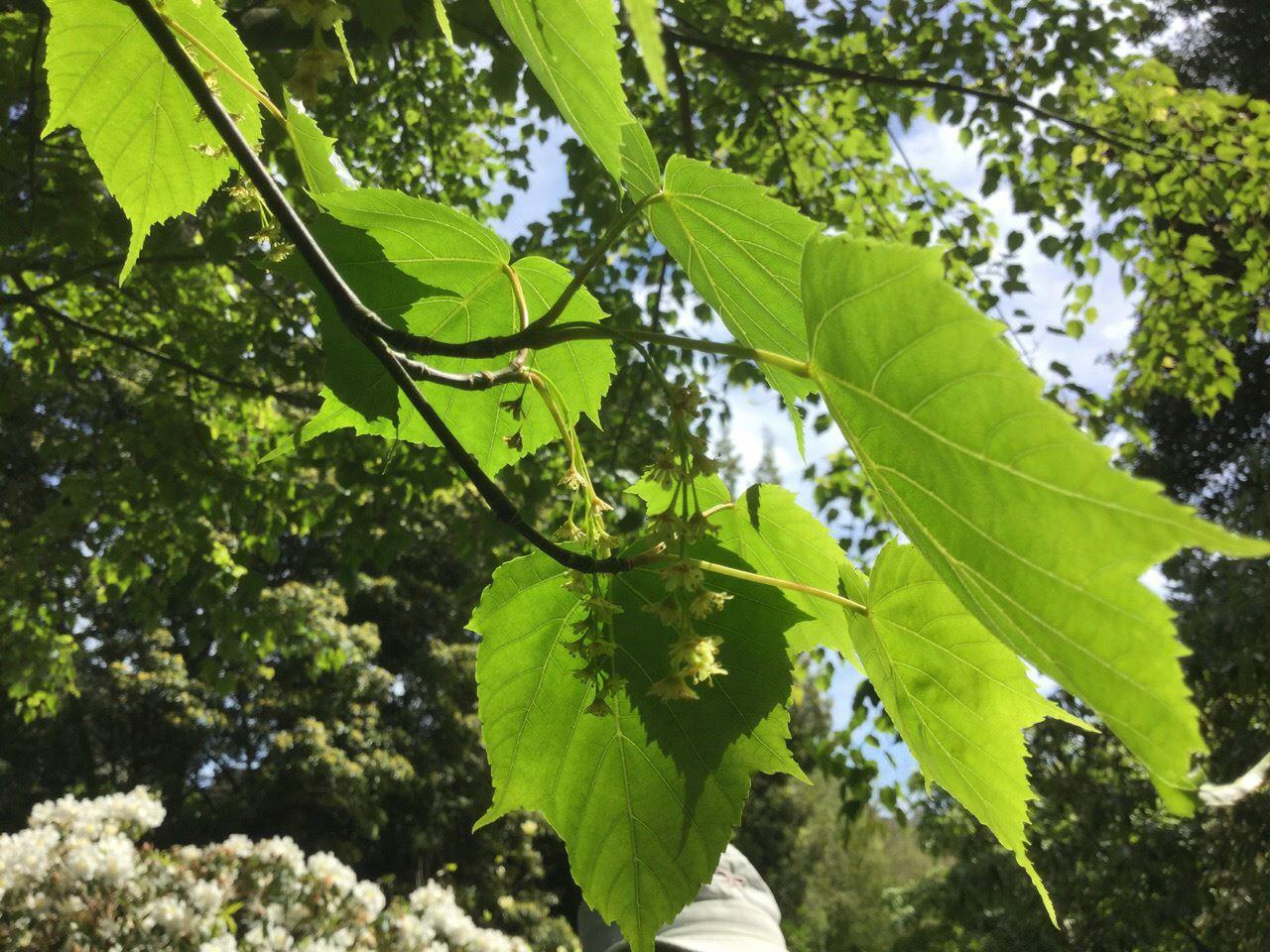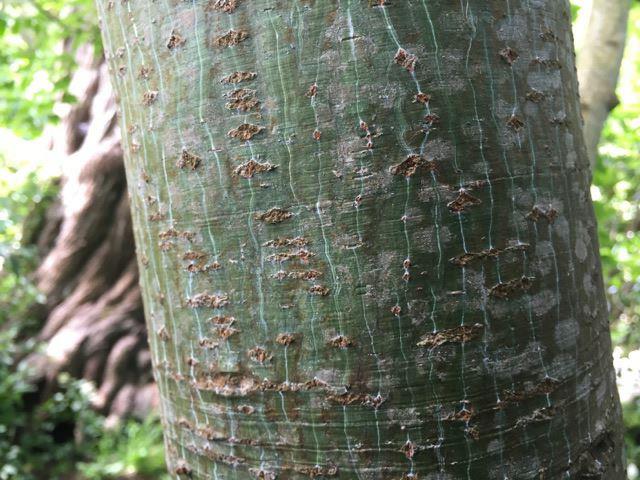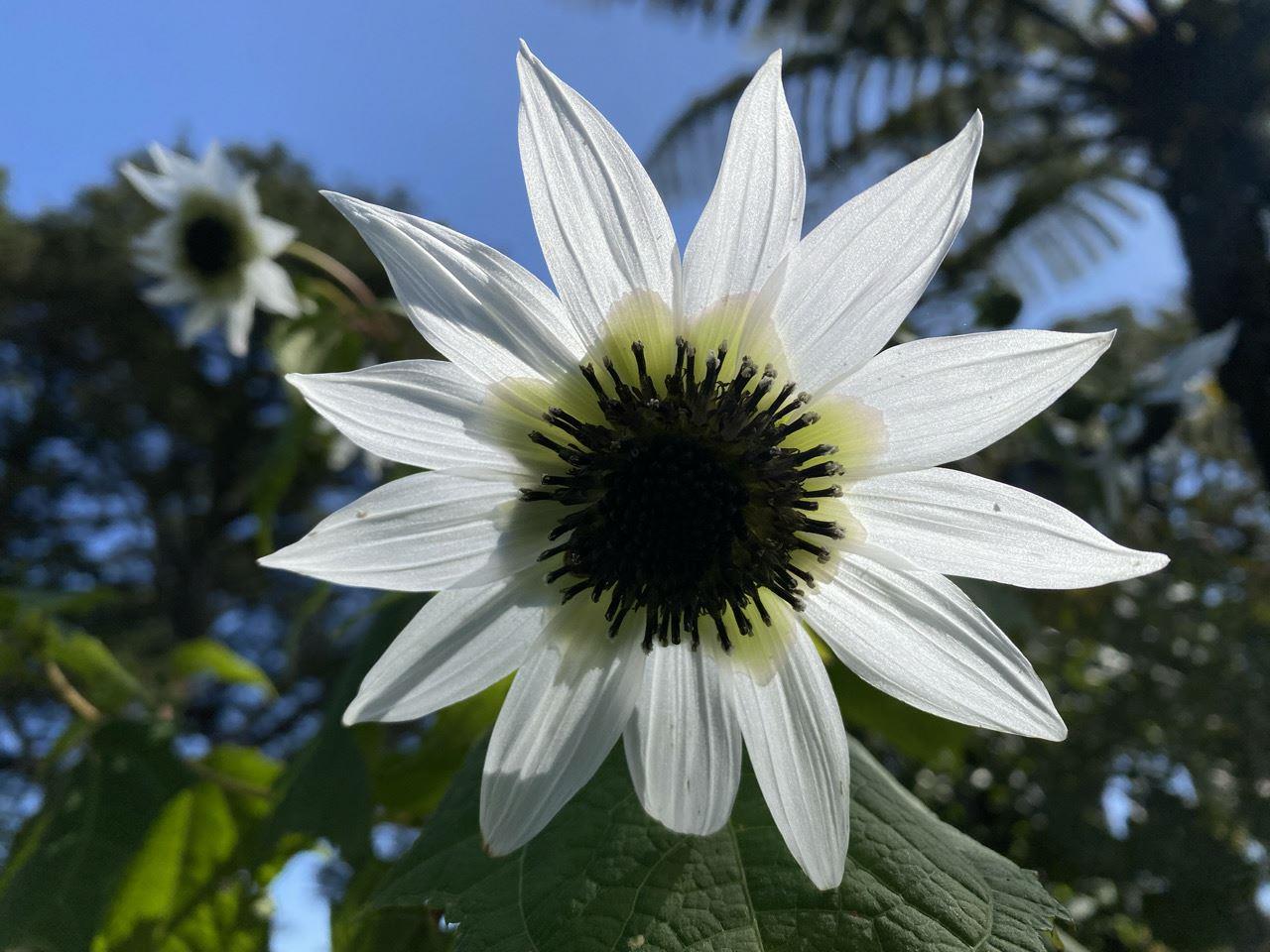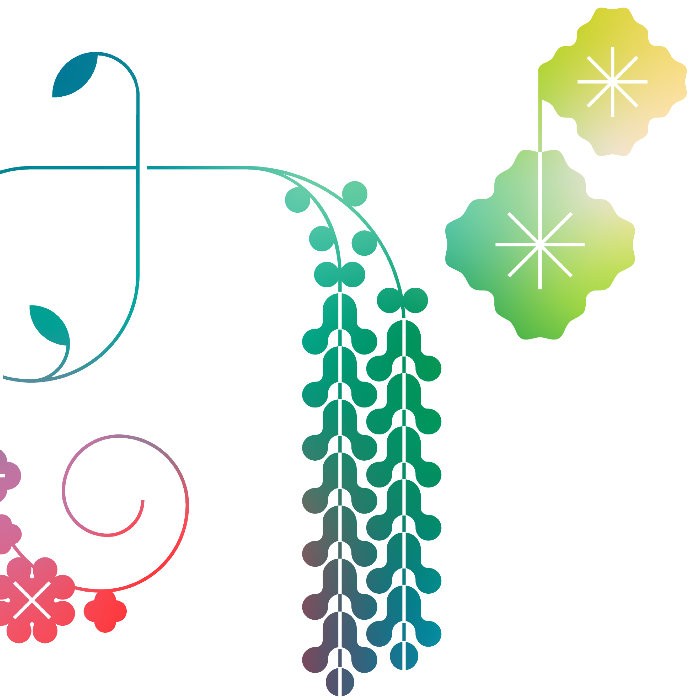
Curator’s Corner – Snakebark maple (Acer morrisonense)
A maple for all seasons, Snakebark maple loses its leaves seasonally, drawing attention to its eye-catching bark.
Profile
Scientific name: Acer morrisonense
Family: Sapindaceae
Plant type: Deciduous tree
Environment: Sun to part shade, moist soil
Location: San Francisco Botanical Garden: Rhododendron Garden – 72D, 73A, 73B; SE Asian Cloud Forest – 77B
Uses: Specimen tree
Acer morrisonense, commonly known as the snakebark maple, is a deciduous tree native to Taiwan. Renowned for its distinctive features, this species stands out among its maple counterparts. The leaves, characterized by serrated edges and a vibrant green hue, create a mesmerizing canopy during the growing season. Once this species loses its leaves in the winter, the patterned bark, with stripes of green, white, and brown, stands out. Additionally, its modest size, reaching heights between 18 and 30 feet, makes it an ideal addition to gardens and arboreta.
The distinct pattern of the bark, seen in few other maple species, also lends itself to one of Acer morrisonense’s common name, snakebark maple. The specific epithet, morrisonense, alternatively, refers to a mountain where this species is found in the wild. At the time of this species’ introduction to science this area was referred to as Mount Morrison, but today is known as Yu Shan, or Jade Mountain.

The distinct pattern of the bark, seen in few other maple species, also lends itself to one of Acer morrisonense’s common name, snakebark maple.
Endemic to these central mountains of Taiwan, this snakebark maple is considered vulnerable due to challenges such as habitat loss. In the Botanical Garden there are a number of individuals of this species that were grown from seed collected in the wild in Taiwan. By having these trees in the Garden, their wild genetics are protected and help to foster awareness of the need for conservation of these and other threatened species.
Acer morrisonense stands as a botanical gem, and its presence in the San Francisco Botanical Garden highlights the importance of conservation for threatened species. By providing a haven for such specimens, botanical gardens are able to contribute to the global understanding of plant biodiversity and foster appreciation for the natural world. As visitors meander through the Garden’s enchanting landscapes, they are not only treated to a visual spectacle but also engage in a profound exploration of the delicate balance of nature.
Text by Ethan Rappeport, photos from Tory Stewart and Sarah Sawtelle




